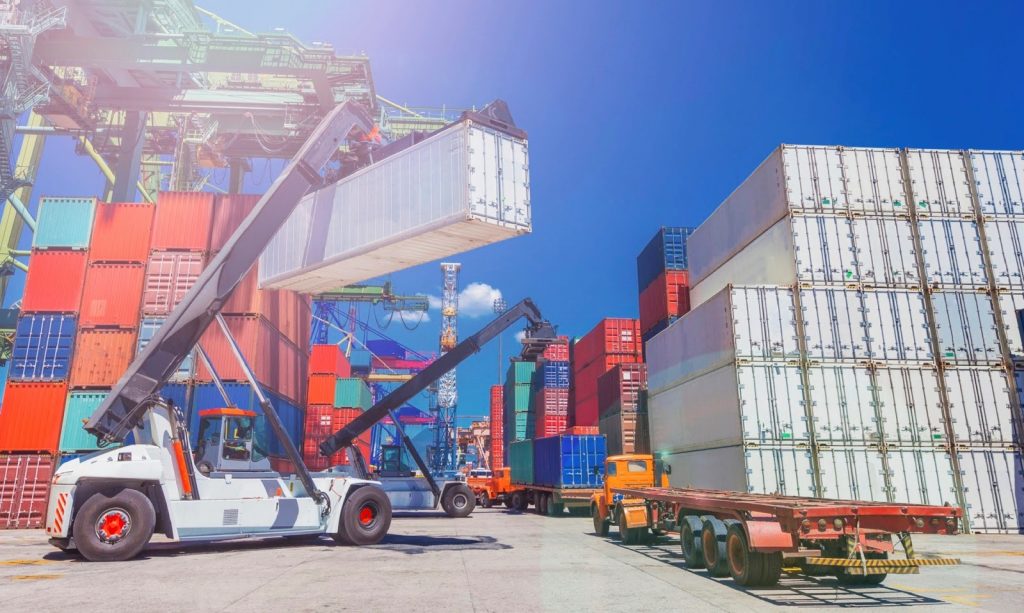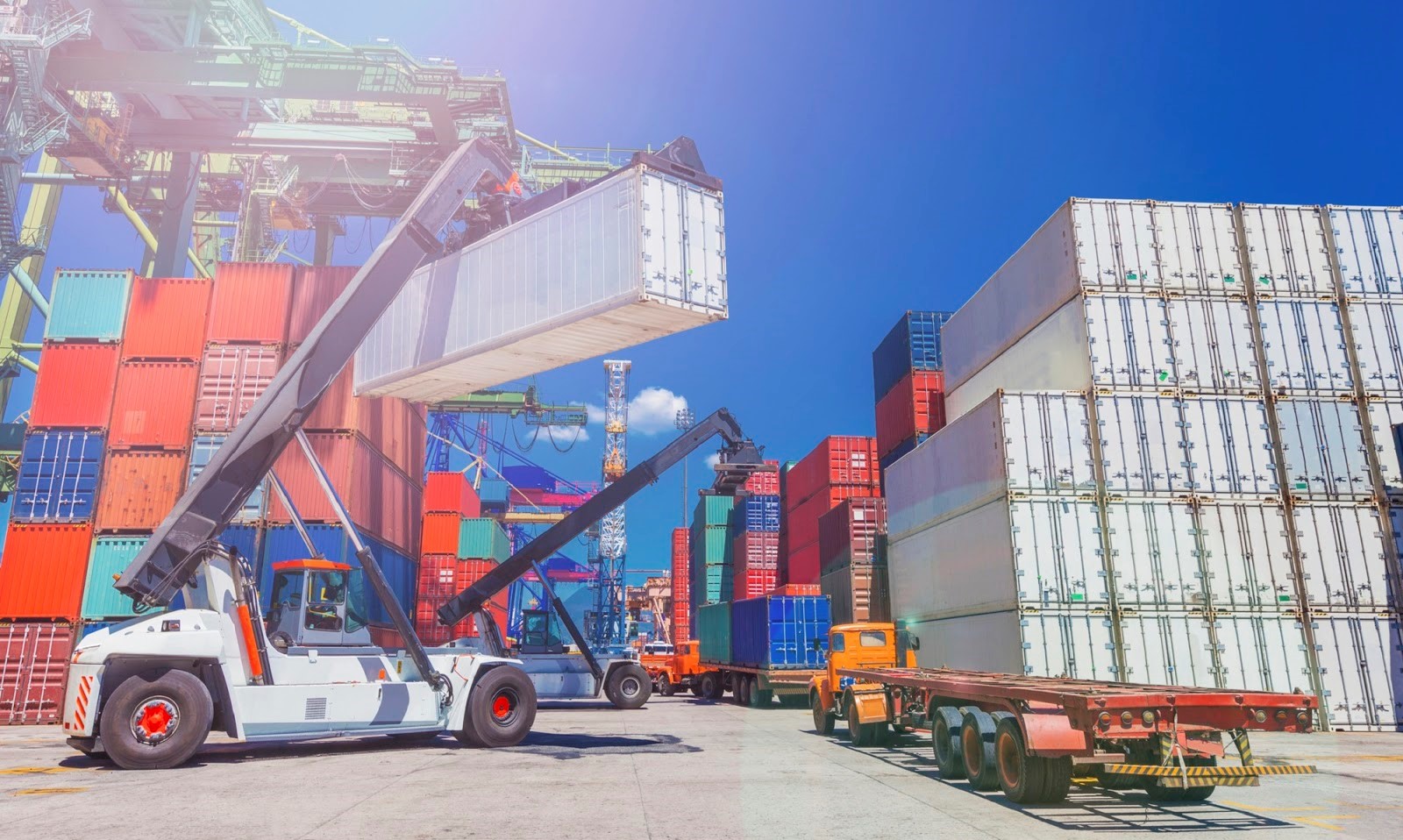How to calculate shipment volume
In preparation for getting something shipped via freight, it’s important that the shipment is measured accurately and in accordance with the limits used by shipping companies.
If you’re hiring an experienced freight forwarder to handle the transportation of your shipment, you won’t need to deal with many of the necessary duties, but even then, you’ll need to provide an accurate measurement. In this guide, we look at how freight shipment volume is calculated, how you can do it yourself and how it differs for the various forms of transportation.
How to calculate CBM for shipment
Cubic metres (CBM) is the universal measurement for both national and international freight shipments. You calculate the CBM by multiplying the height, width and length of the shipment, and if you have multiple shipments, simply do this for each item and add the volumes together.
The CBM measurement used to calculate the freight shipment volume is required for determining other important information about the load, including:
Dimensional weight – a theoretical figure created to reflect the weight of a shipment that is large but light. For example, this would be applicable to a box full of couch cushions, which could be the same size as a washing machine but far lighter.
Chargeable weight – a figure based on the shipment’s actual weight. Although this isn’t often needed for sea freight, it’s an important factor for air freight, as the weight restrictions are far more stringent.
Freight class – a theoretical figure for labelling oversized loads. Often used in America, this calculation has been utilised by road freight trucks for determining the weight of individual items.
How to calculate CBM for an air shipment
As previously mentioned, the calculation for air freight shipments is important, as it could affect the flight of the freight plane. For instance, if multiple items were incorrectly labelled as being lighter than they actually are, the plane could be carrying more weight than it’s able to, which could lead to serious issues with the journey from A to B.
Differing from dimensional and gross weight, chargeable weight is a combination between gross weight and volumetric weight. The difference between these two are that the gross weight is based on how heavy the shipment is while the volumetric weight is an estimate based on the dimensions of the shipment’s height, width and length.

To calculate chargeable weight for an air freight shipment, you need to:
- measure the length, width and height of the shipment in inches
- at this point, you should weigh your shipment in pounds. This is the gross weight and it will be important for later in the process
- calculate the volume by multiplying the length, width and height together
- convert the inches into CBM. 61,023.7 cubic inches is the equivalent to 1 cubic metre
- the freight carrier will have its own air cubic conversion factor. On average, the air cubic conversion factor is 167
- find out the volumetric weight of your shipment by multiplying the volume by, in this instance, 167
- convert the gross weight of your shipment from pounds into kilograms
- compare your gross weight, now in kilograms, with your completed volumetric weight
- the chargeable weight is the larger figure between the gross weight and the volumetric weight.
How to calculate CBM in LCL export shipments
Although it’s important to get accurate weight readings for shipments being transported by air, a similar level of attention to detail must be given for transportation by sea. However, while chargeable weight helps to prevent air freight planes from exceeding capacity, the same approach for sea freight ships is based around using space efficiently.
Less than container load (LCL) is a term that refers to small shipments that don’t completely fill out the capacity of a shipping container. When this happens, the freight forwarder will often consolidate a number of LCL shipments to make use of the space on the boat and entirely fill up each shipping container.
If a container is full, the cost of the shipment will be charged based on the full container load, but if it’s LCL, it will be based on the volume of the shipment itself. Due to this, you would carry out the same process of measuring a shipment for freight, multiplying height, width and length of the shipment in inches before converting the measurement into CBM.
